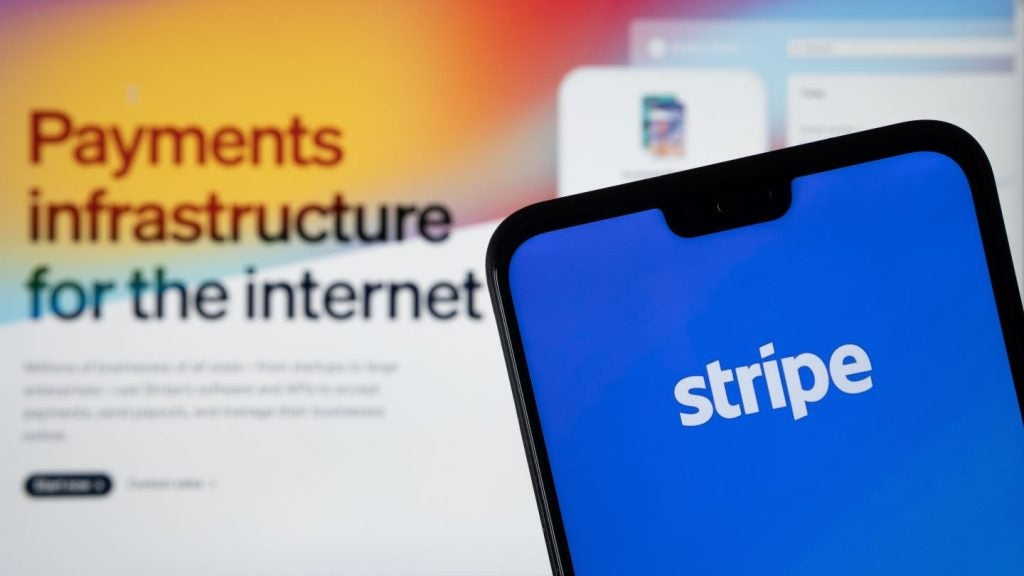As mobile phone penetration grows in the developing world, so does the opportunity for mobile money vendors. With mobile financial services now available in 60% of developing countries, it is an exciting time for the market according to the GSMA’s new report. Patrick Brusnahan writes
The GSM Association (GSMA) has launched its 2014 State of the Industry: Mobile Financial Services for the Unbanked report with some interesting insight into the 2.5 billion people currently unbanked in developing countries. This section of society has to rely on cash transactions or informal financial services, which are usually expensive and unsafe. Traditional banking infrastructure has yet to adapt their business model to work to serve low-income customers and many do not make the effort.
The silver lining, however, is that over two fifths of the unbanked have access to a mobile phone, which can extend the reach of financial services such as payments, transfers, insurance, savings and credit. Now established in the majority of emerging economies, mobile has become a maturing industry serving new business areas and enabling a wider range of digital payments.
The report highlighted a number of key trends concerning the mobile financial services industry in 2014:
- 255 mobile money services are now available across 89 countries. This is set to increase as smartphone penetration rises
- Competition is tight in markets where mobile money is available but a growing number of mobile network operators (MNOs) are becoming interested in interoperable solutions. In 2014, MNOs interconnected their services in Pakistan, Sri Lanka and Tanzania. This follows the work of MNOs in Indonesia which has had interoperability since 2013;
- Regulators are beginning to recognise the importance of non-bank providers of mobile money services in fostering financial inclusion. As a consequence, more are establishing more enabling regulatory frameworks for the provision of mobile money services. Reforms have been passed in Colombia, India, Kenya and Liberia in 2014. Currently, 47 out of 89 markers where mobile money is available, regulation allows both banks and non-banks to provide mobile money services sustainably;
- Providers have begun to expand into adjacent markets for mobile financial services, leveraging their strengths in mobile money to provide mobile insurance, mobile savings and mobile credit to customers who previously never had access to formal financial services;
- The number of registered mobile money accounts globally grew to reach nearly 300m in 2014. While this is steady growth, there is still much room for further increases as these accounts only represent 8% of mobile connections in the markets where mobile money services are available. 2014 saw seven new markets join the ranks of countries where mobile money accounts outnumbered bank account. The number of markets with this status is now 16, and
- Active mobile accounts stand at 103 million and an increasing number of services are reaching scale. 21 services now have over one million active accounts.
For those invested in the financial sector, these signs of growth are encouraging. Investment in improving and expanding mobile money services is continuing. Providers are strengthening their capability in handling a rapidly increasing number of users and transactions through platform migrations and extension of application programming interfaces (APIs) to third party users.
2014, additionally, recorded a steep increase in the number of international remittances via mobile money. The GSMA attributed this rise to the introduction of a new model; using mobile money as both the sending and the receiving channel. In turn, mobile money is reducing the costs of international remittances for consumers. Respondents to the survey said that the median cost of send $100 was $4, less than half of the average cost to send money globally via the traditional money transfer channels.

US Tariffs are shifting - will you react or anticipate?
Don’t let policy changes catch you off guard. Stay proactive with real-time data and expert analysis.
By GlobalDataDespite the progress made in 2014, the mobile money industry still has hurdles it needs to overcome. Regulatory barriers, low levels of investment and lack of industry collaboration are hindering mobile money from reaching scale.
54 developing countries do not have a live mobile money service. 70% of these countries have a population of less than 10 million. Due to the relatively smaller population size, it is harder to build a business case for investment in mobile money. It becomes harder for a mobile money service provider to achieve scale and actually make a profit. This severely reduces the desire of operators and banks to invest in new mobile money launches.
However, 13 of the 54 developing markets without mobile money services have a population of over ten million. 14 launches are planned in these 13 markets, proving that the interest is still there for new launches. The barrier now is regulation.
Without regulators creating an open field for mobile money services, market uptake and customer adoption is hindered. Even in markets that contain an enabling licensing or authorisation framework for non-banks, there are barriers. Respondents highlighted three key regulatory priorities:
- Transaction/balance limits too low and/or onerous customer identification requirements;
- Not allowed to earn interest on pooled funds or to utilise interest earned, and
- Restrictions on international remittance business.
While obstacles remain, the mobile money industry continues to progress. In order for mobile financial services to reach more people and achieve the scale it needs, the industry will need to continue strengthening the foundations for mobile money services and instil best practices in order to continually improve quality of service. Mobile financial service providers have to engage with regulators and standard setting bodies to create more enabling regulatory environments to foster sustainable investment in the service that will, eventually, underpin a balanced strong digital financial ecosystem.







